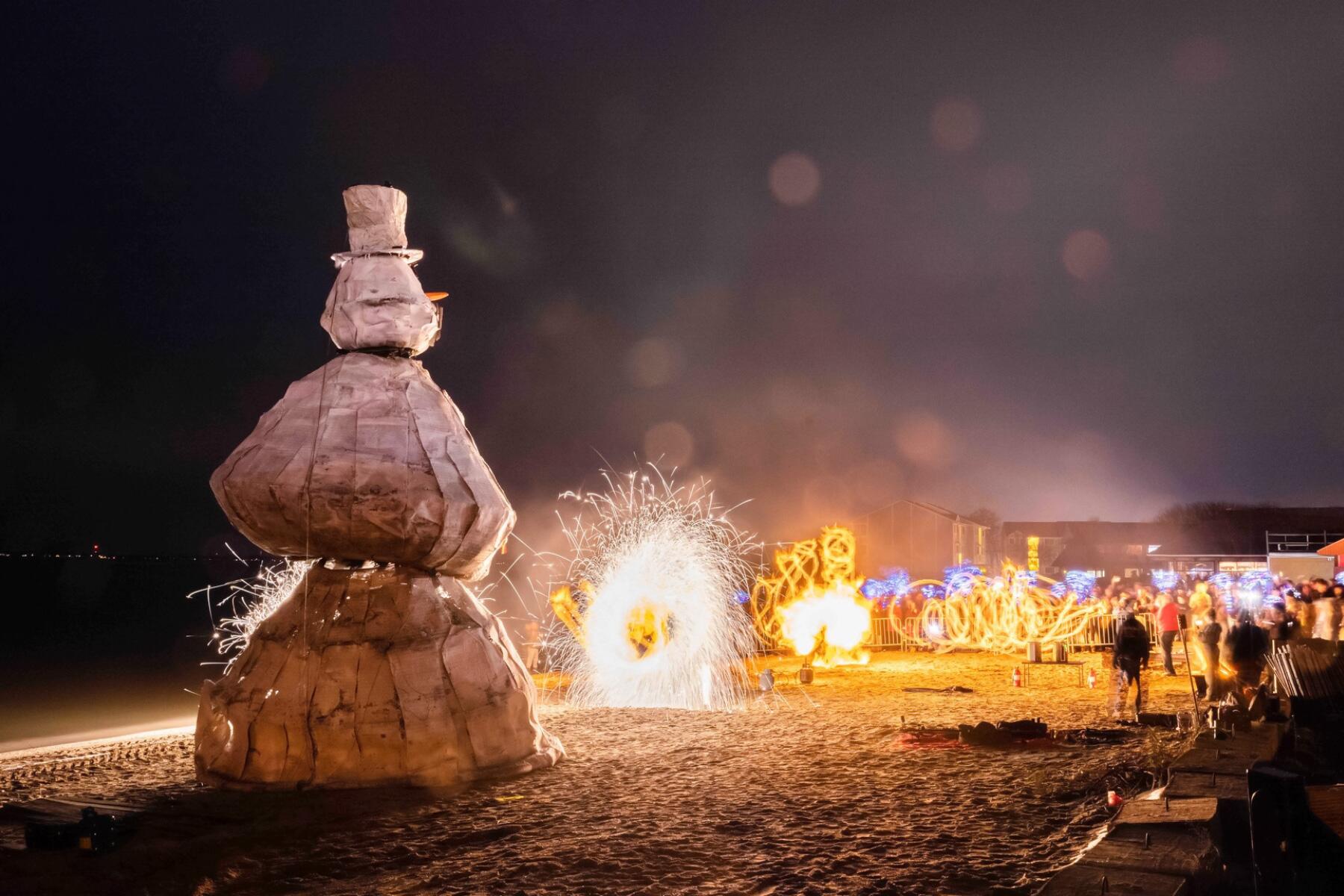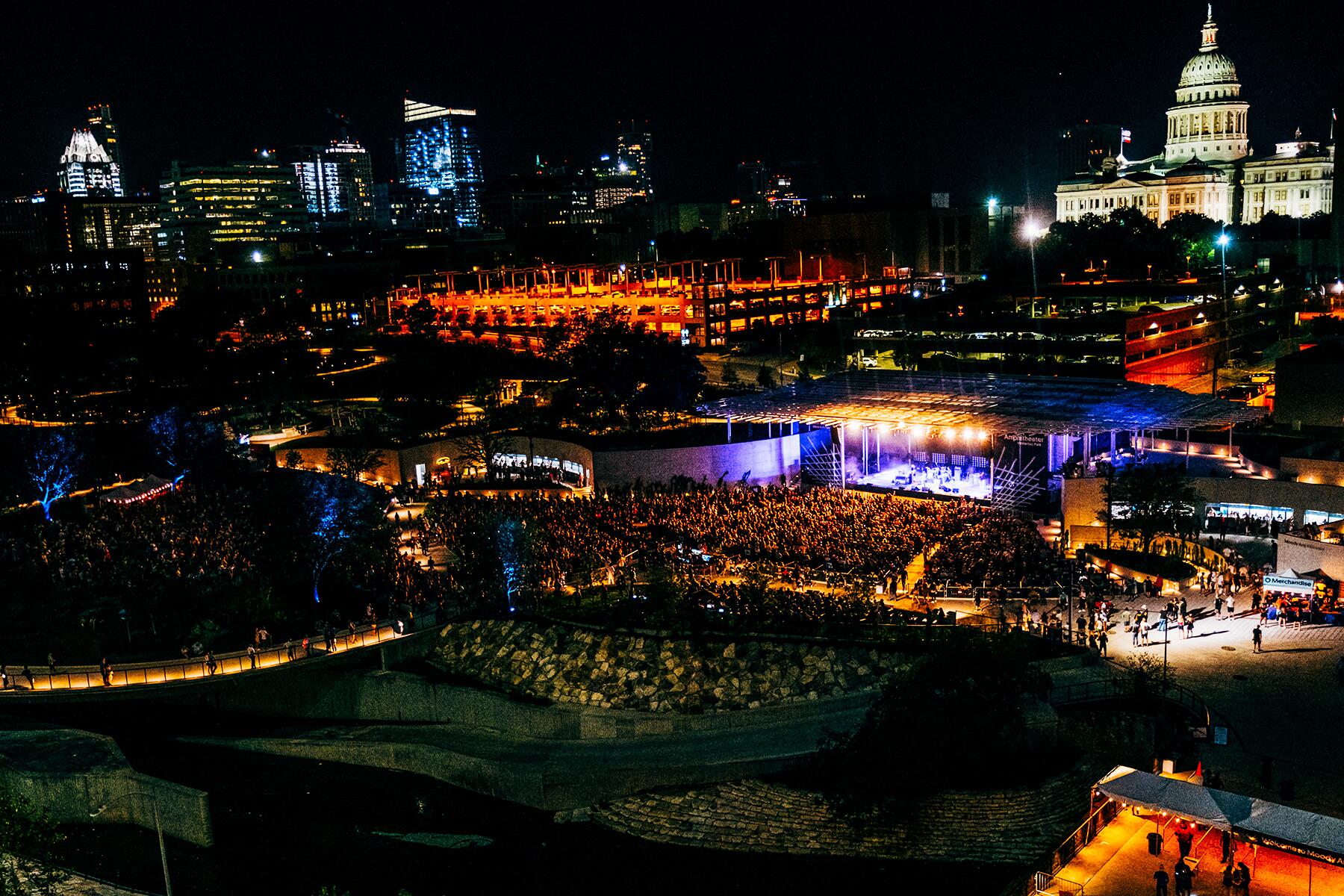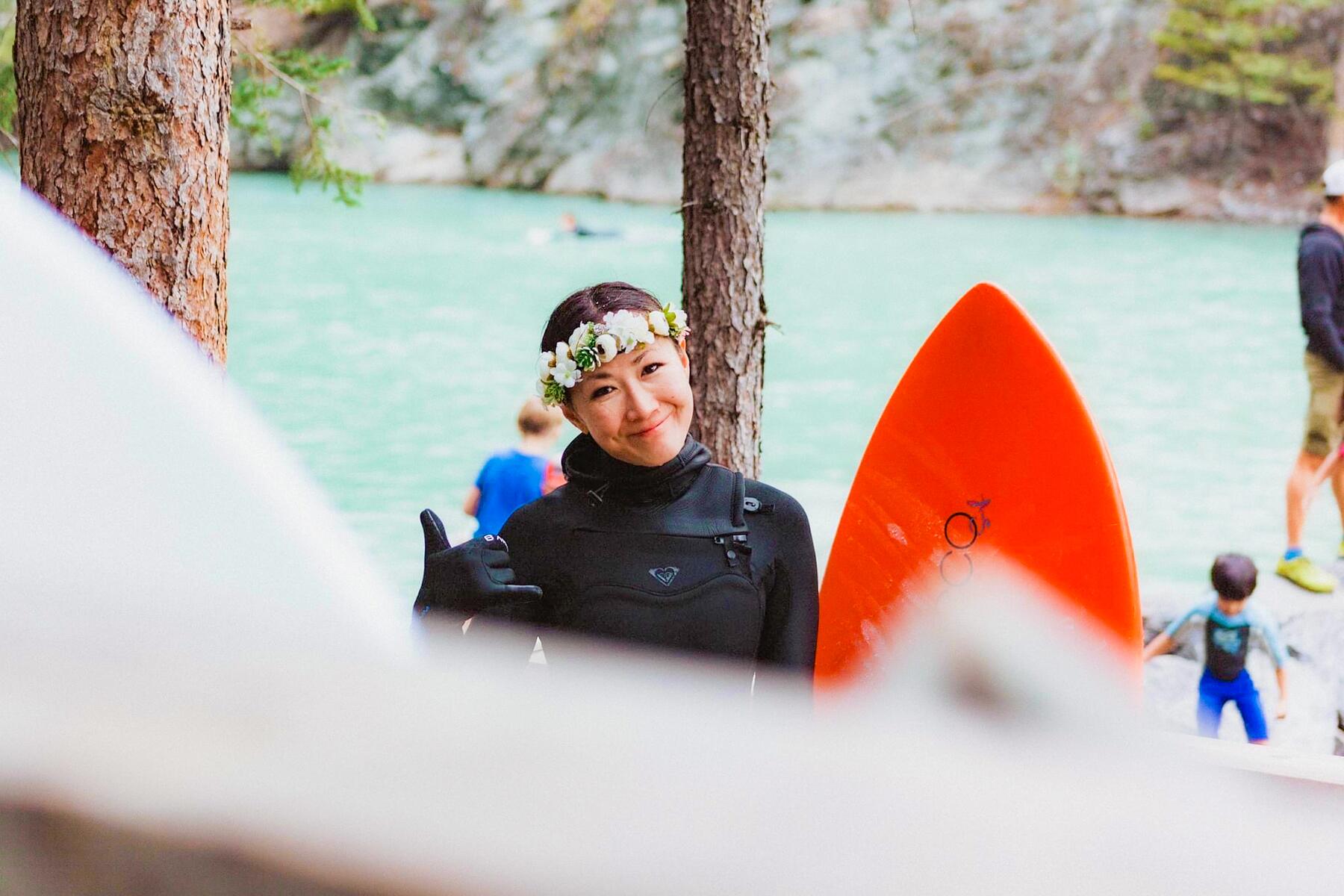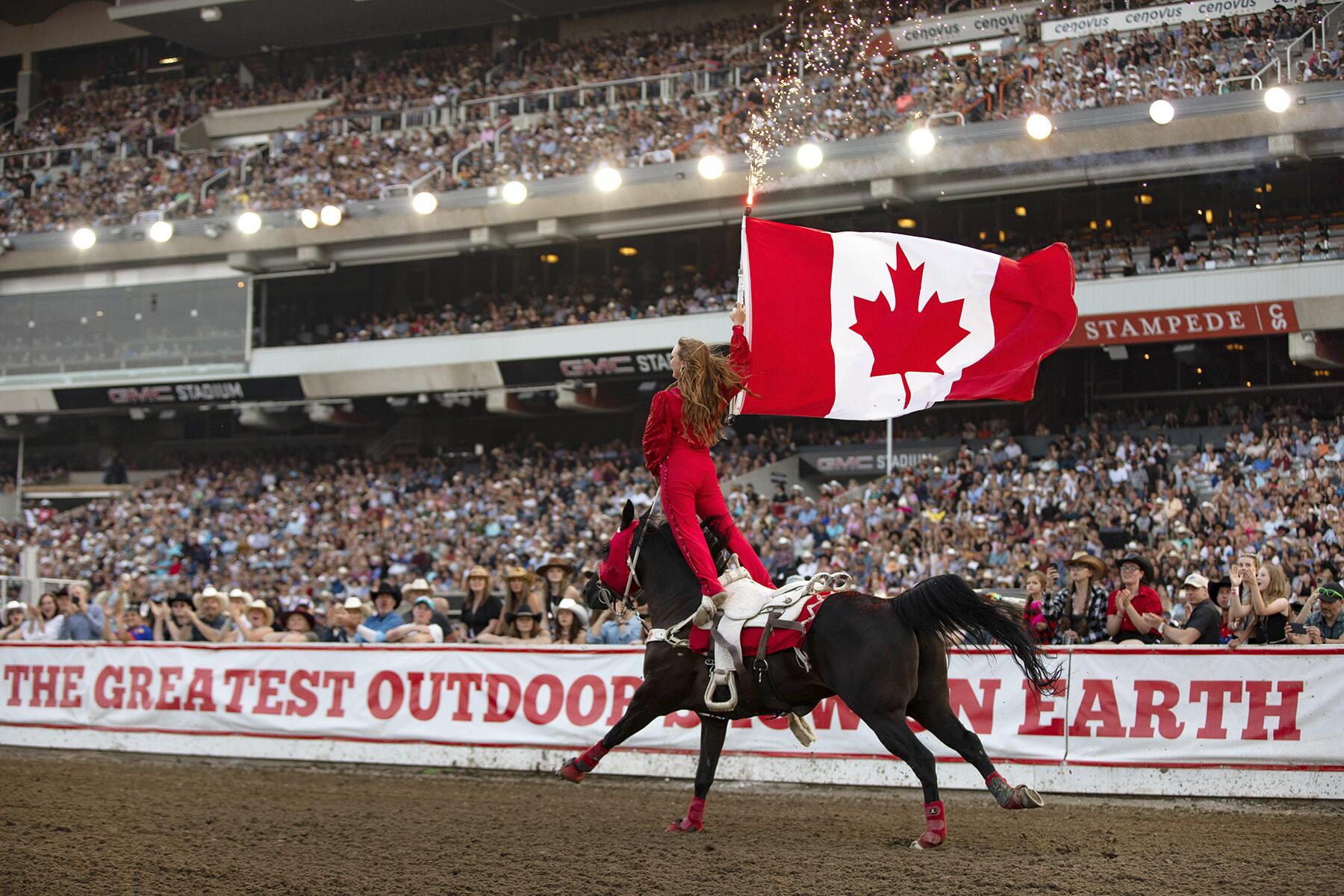“Blame it all on my roots, I showed up in boots.”
Every summer in July, millions of people pour into the city of Calgary in Alberta, Canada, for the Calgary Stampede, a 10-day-long celebration of Alberta’s frontier and western culture. “It’s a kind of cowboy extravaganza with rodeos, pancake crawls, music, everyone decked out in bolo ties, hats, denim, and cowboy boots,” I told my father on the phone one night. “I’m going there in a few months, and I feel like it’s right up your alley. I’ll tell you about it when I get back.”
My father was never a real cowboy, but he did have a fascination with cowboy culture, or at least the look of it. Perhaps it was an obsession with the film Urban Cowboy, but all my life, I’ve never, ever seen him without his cowboy boots. Whether it was for work or a formal event, in a blizzard or heat wave, they were like extensions of him, permanent fixtures attached to his feet. Growing up, I noticed he had a pair in every color: black, beige, brown. Some were square-toed, others round.
When I was a little girl, my father gifted me my first pair of cowboy boots. I don’t remember the exact holiday or why he bought them, but I remember opening the box and the distinctive scent of new leather. I remember the black soles, the white stitching across white leather, and the silver detailing. They were beautiful—yet I recoiled at the sight of them.
Recommended Fodor’s Video
The cowboy-chic aesthetic didn’t quite fit with the wide-legged, flannel look of the early ‘90s, especially in my East Coast hometown. What would the kids at school think? I needed practical things anyway–you know, like, Chuck Taylors or dress shoes or a Nintendo 64. His gifts always seemed a bit strange or out of place–things I had no obvious use for or no idea how to use, gifts I didn’t understand. Like an impractical pair of white cowboy boots, his gifts seemed to be evidence of how much he didn’t know me or seem to care to know. And so I returned them.
Starting at about the age of four, I struggled to understand him. His silences and absences, his cryptic words and riddles, his life choices. I didn’t understand his love of motorcycles, his daredevil leanings, his stubborn, nonchalant attitude towards death. And he didn’t quite understand me either. “You write for a living?” he puzzled. My career, while affording cultural opportunities and New York City rent, didn’t seem like the kind of thing that guaranteed any practical stability for the long term. Even my decision to go to graduate school was met with an open scoff: “You’re studying what again? And why?” A master’s in liberal studies with a concentration in women’s studies, gender, and sexuality didn’t exactly scream six-figure stability, especially in America, and it definitely wasn’t mainstream. To a blue-collared tradesman, my intellectual, academic, and career choices seemed…well, strange to him, too.
And then, one morning in late April, he suddenly passed away. Mere hours after his death, the funeral home asked, What clothes should he wear? No one prepares you for this kind of question. No one prepares you for the decisions that must be made immediately when a parent dies. All the practicalities, legalese, bureaucracy, grief, anger, the total Kafkaesque confusion of it all. “What should he wear?” I thought. It felt like an absurd question.
But without missing a beat, I heard myself reply: “A pair of jeans and cowboy boots. I’ll bring his cowboy boots and jeans. That’s what he’d want.” Perhaps I knew him better than I thought.
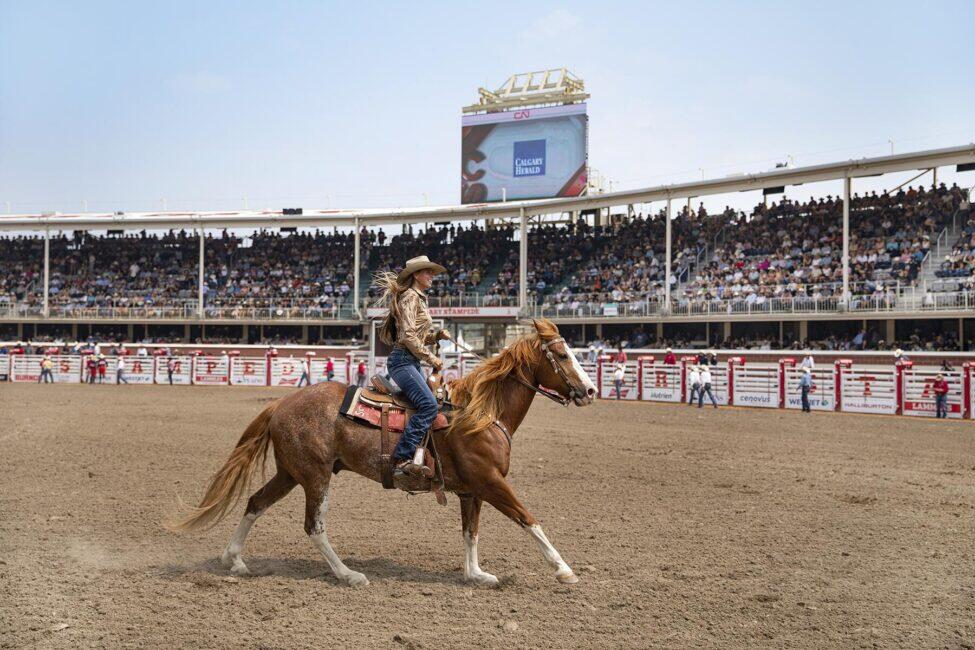
Two months later, I arrived in Calgary as scheduled but as an altogether different person. At the Calgary Stampede grounds, amidst thousands of people eating festival food (mini donuts and mustard ice cream, arepas and dumplings, bao buns and turkey legs), I focused on the dusty ground, clocking and tracking everyone’s feet. Men in gold-tipped, red alligator boots, full-quill ostrich varieties, walking with a sense of confidence and peculiarity; women in custom roper heels with monogrammed pull tabs, each one stitched to perfection. His boots were everywhere.
At the Grandstand, the First Nations relay racers, the best in the world, rode bareback, moving at breakneck speed around the track, a lightning precision to their movement. Backstage, the bronc riders prepped their horses for the rodeo, their gaze stern and focused before hurdling out of the roping box. What would he think of these real cowboys? Would he marvel at their lifelong ambition to be the best of the best at one single thing? Their skill and hard work? Would they pass his tests of acceptance? Even if they did, he’d still have some trash to talk about.
When I rode in the sidecar of a vintage-style motorcycle the next day, I imagined it was him steering through the city streets. That night at dinner, I looked over to the bar and caught a glimpse of him in another man, nursing a shot and a beer, boots hooked into the bottom rung of the chair like horse stirrups. And the next night, a literal sign: lyrics to the song his friend added to a memorial playlist I had made, prominently scribbled on the chalkboard of a decidedly chic, farm-to-table restaurant in Prince’s Island Park: “Blame it all on my roots, I showed up in boots.” I wouldn’t have a chance to tell him about the trip, but he was everywhere.
When I took a behind-the-scenes tour on how cowboy boots were made, learning the process in soundbites and demonstrations, I wondered if my father knew it took 230 steps and over seven hours to make a single pair. I wondered if he knew that the medallion and shaft designs were stitched using antique machines nearly a century old and that each one had meaning.
I thought back to my first pair of cowboy boots, the impractical yet beautiful white ones I still dream about. The ones I eagerly traded in for something less memorable, for something I’d soon forget after the novelty wore away. “Do you have any white boots?” I asked the manager of Alberta Boots. They did not. “But they’re very popular now. We get a lot of requests,” he said.
I opted for black boots instead. A pair that could be easily worked into my urban wardrobe back home nearly 2,500 miles away, a strange symbol of mourning. I pulled them over my calves and looked in the mirror, noticing how my gait was not unlike his own. He’d approve of these. I could wear them for work or a formal event, in a blizzard or heat wave. And saddled with the ghost of my father, they seemed to be the only ones that fit.
